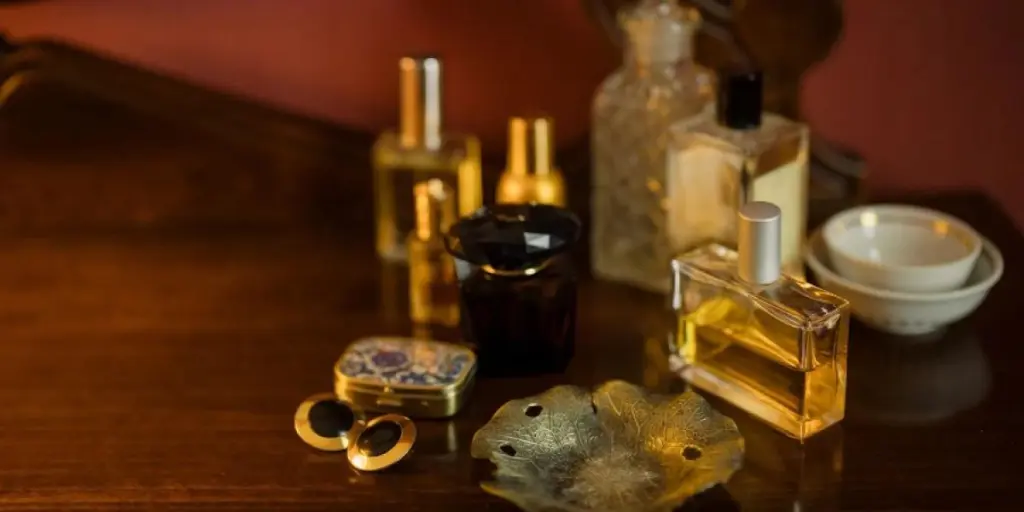With inflation spreading worldwide, consumers are cutting back on non-essential spending and becoming more conscious of their purchases. While perfume may be a luxury to some, it has become an essential part of the beauty routine for many.
To stay relevant during this time, fragrance brands and distributors need to increase the value of their products among consumers. From shrinking the product bottles to changing the technology, four trends will set your business apart during these crucial times.
Table of Contents
The market for fragrance
4 important fragrance trends
Getting on board with fragrance trends
The market for fragrance
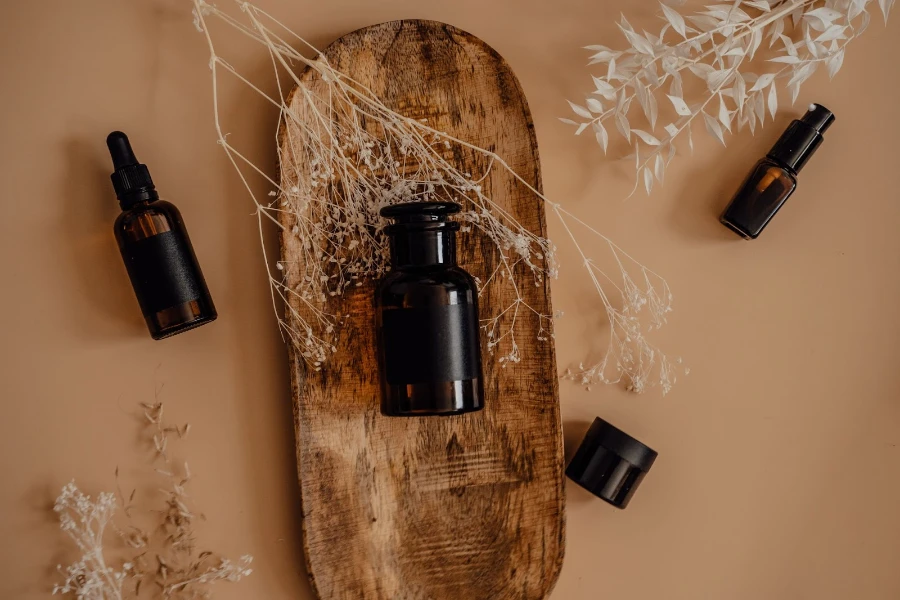
With inflation impacting the world’s economy, people’s living costs are getting higher and higher. As such, they may become reluctant to spend their hard-earned funds on beauty products like fragrances. Specifically, they are looking for more justifiable value in their scent purchases.
In 2022, the global market for perfumes and fragrances was valued at US $43.42 billion because of the COVID-19 pandemic. Experts say that it will reach US $70.17 billion in 2028, growing at a compound annual growth rate (CAGR) of 8.3%.
Notable areas in the fragrance market include China, the United States, Europe, Japan, South Korea, and Southeast Asia. Germany is also noteworthy in the European region.
Light-scented fragrances, natural ingredients, and custom scents are gaining traction in today’s global market. Advertising scents as a part of personal care encourages men to pay attention to their perfumes and strengthens women’s demand for the said products.
Four important fragrance trends

Today’s consumers want to help save the planet and appreciate scents in small, refillable bottles. With their spending habits affected by the rising costs of living, multipurpose fragrances with mood-boosting effects are becoming popular too.
1. Minimize the size
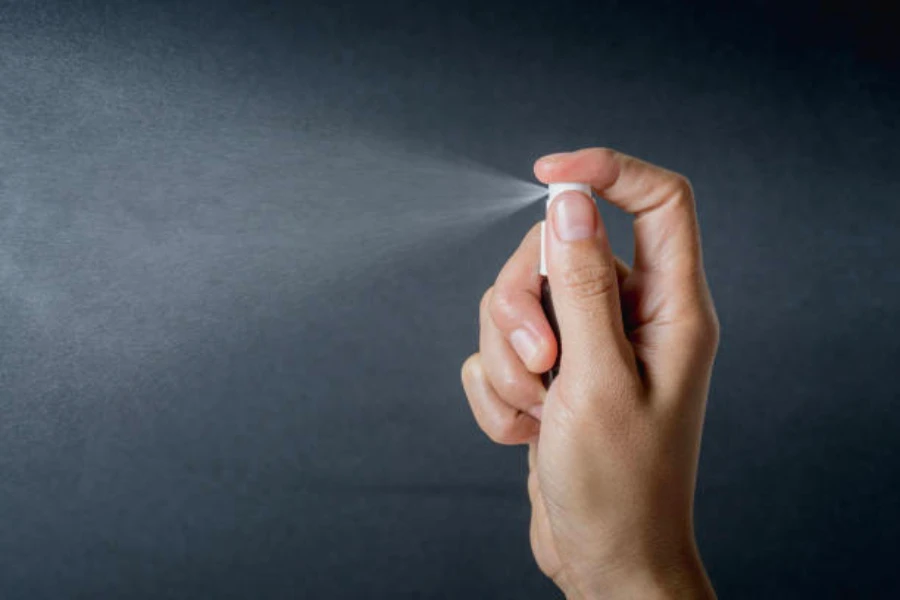
Modern consumers are focused on one thing: sustainability. With environmental awareness spreading among people, they are trying to also contribute to the movement. In fragrances, they find it wasteful to throw away the big perfume bottles once they’ve been used up.
Retailing the scents in smaller bottles allows you to offer “more affordable” options to your customers. If you ensure to use recyclable containers, these smaller portions are also easy to reuse or upcycle. This may also include decants, or perfume that has been poured into tiny portions from the original perfume bottle.
You don’t have to abandon full-sized bottles entirely. Some people may opt for travel-friendly options, while others may have an extra budget for a big one. Instead, allowing your customers to choose their preferred bottle size is vital.
2. Have refillable options
In a bid to reduce their carbon footprint and environmental impact, more and more people practice reusing things that are still in good condition. A fragrance bottle can certainly be reused if taken care of properly, and the problem is that mainstream scents come in crimped bottles — the top can’t be opened for reuse.
Some innovative brands are switching to reusable threaded bottles, which helps captivate their consumers’ attention. A hidden benefit is that they can also save up on manufacturing costs for packaging.
Another strategy to pair with refillable bottles is the lower pricing of refill pouches, which will make them attractive in the market. You can garner brand loyalty with the affordability of your products. It would also be great to include a well-designed funnel in your refillable options.
3. Provide multiple uses
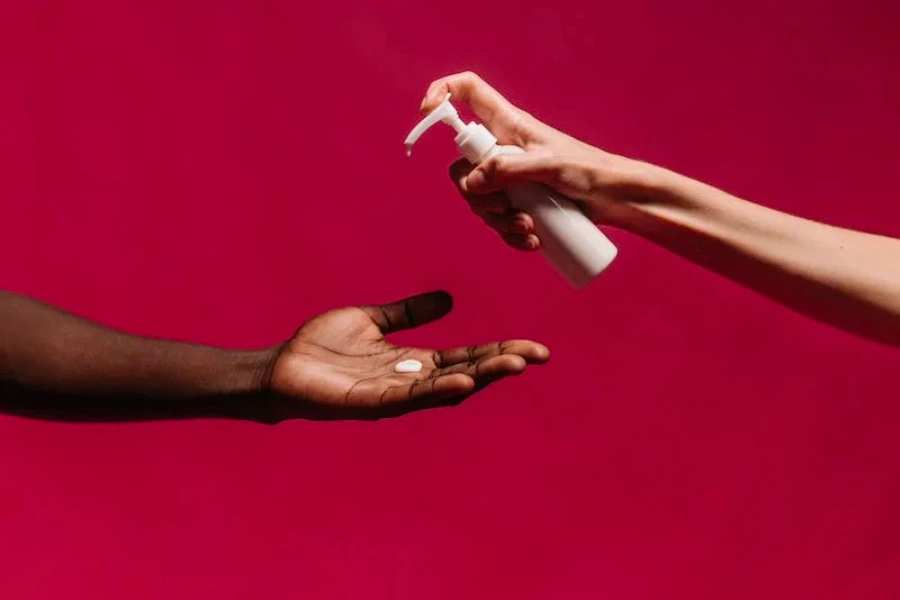
Perceived value, or the value of a product from a consumer’s opinion, is a key factor you need to consider in many industries. A great example of this is people’s love for two-in-one, three-in-one, or any other multipurpose product. They think it offers twice as much for almost the same price.
In scents, another rising trend to follow is making multipurpose fragrances. Products that can be used directly on the skin, as a laundry scent, as an aromatherapy essential oil, or a bathing scent are bound to be popular.
Such multipurpose scents also support the growing trend of personalization. For instance, they can use these products if they want to use a particular fragrance as their signature scent. Great products alongside this trend include hair and body care essentials, candles, and versatile fragrance oils.
4. Science-backed products

Did you know that some fragrances can affect your mood and emotions? This isn’t a myth, as some brands have implemented this approach in their fragrances. In particular, they are working with neuroscientists to make these products.
Regardless of how it works and whether the consumers would believe their claims, nothing is more effective than a tangible certification of science-backed statements. This would be important, especially when you’re marketing specific products to have some therapeutic effects.
An extensive scent collection is also critical in this trend, allowing your customers to mix and match scents for personalization. Such products will appeal to people who want low-cost but functional fragrances.
Getting on board with fragrance trends
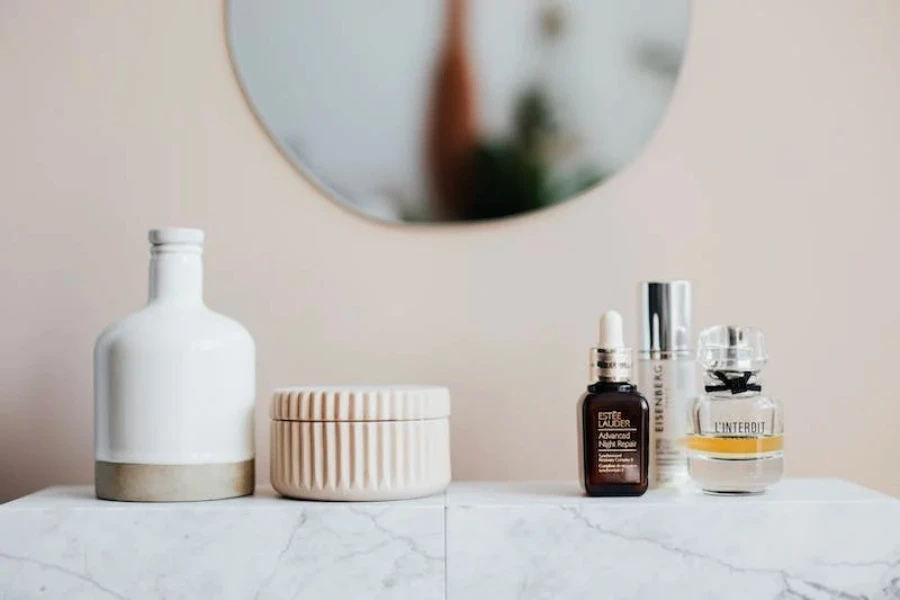
People are looking for value-for-money fragrances, especially with their purchasing ability being affected by rising living costs. Many brands today are switching to smaller perfume bottles, refillable options, multipurpose scents, and science-backed products. Hop onto these trends today to stay ahead of your competition.
